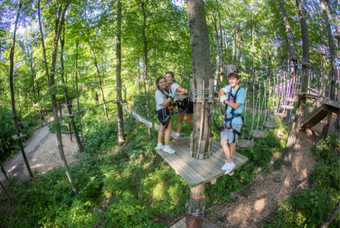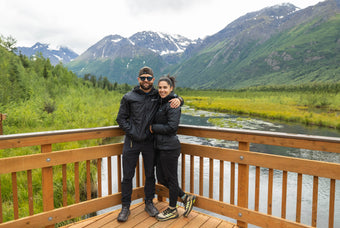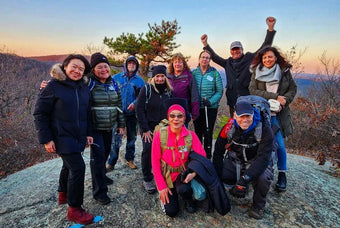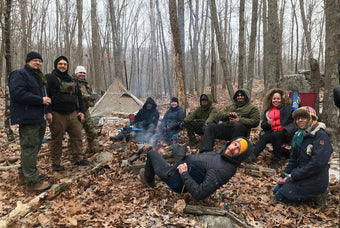Lorem ipsum dolor sit amet
Staying Safe in Bear Country
19/12/2011
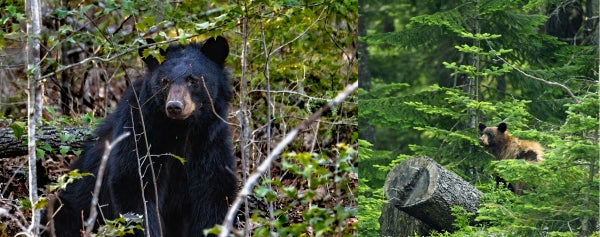
Bear Safety in the Backcountry: Know Before You Go

Bear attacks are extremely rare, but they do happen. Understanding how to prevent an encounter—and how to react if one occurs—can greatly reduce your risk. With the right knowledge, you can confidently enjoy the backcountry, even in bear territory.
Black Bear vs. Grizzly (Brown Bear)
Grizzly Bear
- Average size: 400–800 lbs
- Distinctive shoulder hump
- Short, rounded ears and long visible claws
- Tracks: wide toe spacing with visible claw marks
Black Bear
- Average size: 200–400 lbs
- No shoulder hump
- Longer, pointed ears and shorter claws
- Tracks: toe arc hits outer toes; claws often not visible
Precautionary Measures in Bear Country
- Check with rangers for recent bear activity before you hike or camp
- Avoid campsites with bear signs (tracks, scat, tree markings)
- Camp in open areas, away from trails or animal paths
- Hike in daylight—avoid dawn and dusk when bears are most active
- Make noise while hiking—talk, sing, or clap to avoid surprising a bear
- Travel in groups; leave pets at home in serious bear country
- Cook downwind and at least 100 feet from where you sleep
- Store all food and scented items in bear-safe containers
- Change out of cooking clothes and store them with your food
- Never approach a bear or cubs. Back away if you see one
- Carry bear spray, and practice using it in advance
What to Do If You Encounter a Bear
- Give the bear space—never run or make eye contact
- Back away slowly while speaking in a calm voice
- Don’t assume all bears react the same—treat every encounter as new
- If a bear charges, it’s often a bluff. Stand your ground
If a Grizzly Bear Attacks
- Play dead—lie on your stomach, cover the back of your neck
- Keep your backpack on for protection
- Remain down even after the bear leaves—grizzlies may linger
If a Black Bear Attacks
- Try to intimidate the bear—shout, wave arms, appear large
- If this fails, then play dead
- Use bear spray if available
- If cubs are nearby, playing dead is the safest option
Understanding Bear Body Language
- Standing on hind legs: Not always aggressive—often curiosity
- Head swinging: Bear is unsure and looking for an exit—back away calmly
- Eye contact, barking, ears pinned: You’re too close—create space immediately without turning your back
Most bear incidents occur because the bear was startled or surprised, or because a hiker unknowingly got too close to cubs. With preparation, awareness, and respect for wildlife, you can stay safe and enjoy your backcountry adventure.

